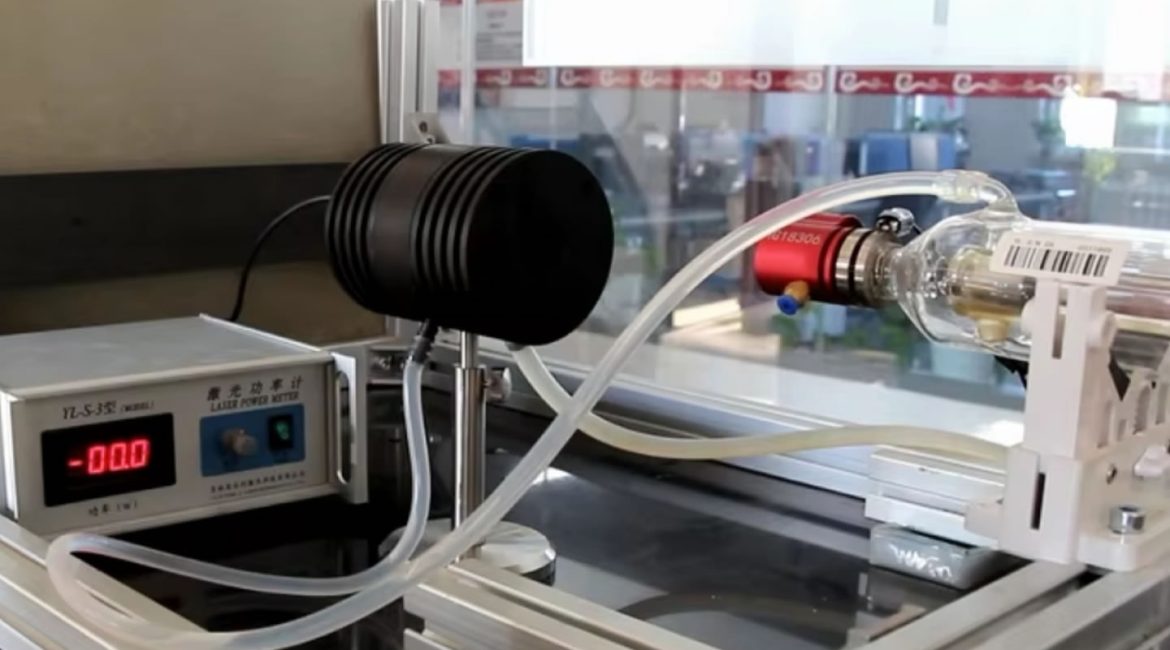When you’re getting ready to buy or replace a CO2 laser tube, the sheer variety of brands and models can feel overwhelming. Actually, by focusing on a few key elements, you can easily find the perfect product for your needs.
First and foremost, wattage is crucial. The wattage of a CO2 laser tube determines its power, and you should choose it according to what you plan to do. For instance, if your work mainly involves detailed engraving on thinner materials like wood or leather, a mid-to-low power CO2 laser tube (say, 60W to 100W) might be sufficient. It often provides better beam quality and faster engraving speeds. However, if you need to cut thicker acrylic, wood boards, or perform industrial-grade rapid cutting, then a high-power CO2 laser tube (130W or even higher) is a better choice. This ensures sufficient penetration and efficiency. In short, more power means greater cutting ability, but it also means a higher price tag.
Secondly, it’s important to understand the different types of CO2 laser tubes available. Primarily, these are glass tubes (DC-excited) and metal/ceramic tubes (RF-excited). Glass tubes are the most common and cost-effective option. They use a direct current (DC) power supply and usually require water cooling. They are well-suited for users with budget constraints or those performing basic cutting and engraving. However, they do have some drawbacks, such as relatively lower beam quality and a shorter lifespan. On the other hand, metal or ceramic CO2 laser tubes use a radio frequency (RF) power supply. They are more robust and generally use air cooling or integrated water cooling. Their main advantages include a longer lifespan, a smaller spot size, and higher pulse frequencies. Consequently, they offer faster engraving speeds and greater precision, making them ideal for high-standard, long-duration industrial applications. Of course, they also come with a higher price. So, your choice depends on how you balance precision, speed, and budget.
Next, brand reputation and after-sales service are important factors in ensuring long-term use. A well-known and reputable brand generally implies more refined manufacturing processes, stricter quality control, and more accurate power ratings. When purchasing, be sure to confirm the CO2 laser tube warranty period, coverage, and the availability of after-sales maintenance or refilling services with the seller. Because CO2 laser tubes are consumables, good after-sales service can save you a lot of trouble down the road.
Finally, pay attention to compatibility. The physical dimensions, diameter, and required power supply (laser power supply) model of the CO2 laser tube must match your existing laser equipment’s mechanical structure and electrical system. Before purchasing, be sure to measure the key parameters of your old tube, such as length and diameter, and confirm whether the new tube with the selected wattage has a corresponding laser power supply to drive it. Otherwise, it won’t function properly even after you buy it.
In conclusion, selecting a CO2 laser tube isn’t about buying the most expensive one; it’s about finding the one that best suits your needs. By clarifying your processing materials, power requirements, precision needs, and budget, and then considering the tube type and brand service, you can find the perfect “heart” to revitalize your laser equipment.

